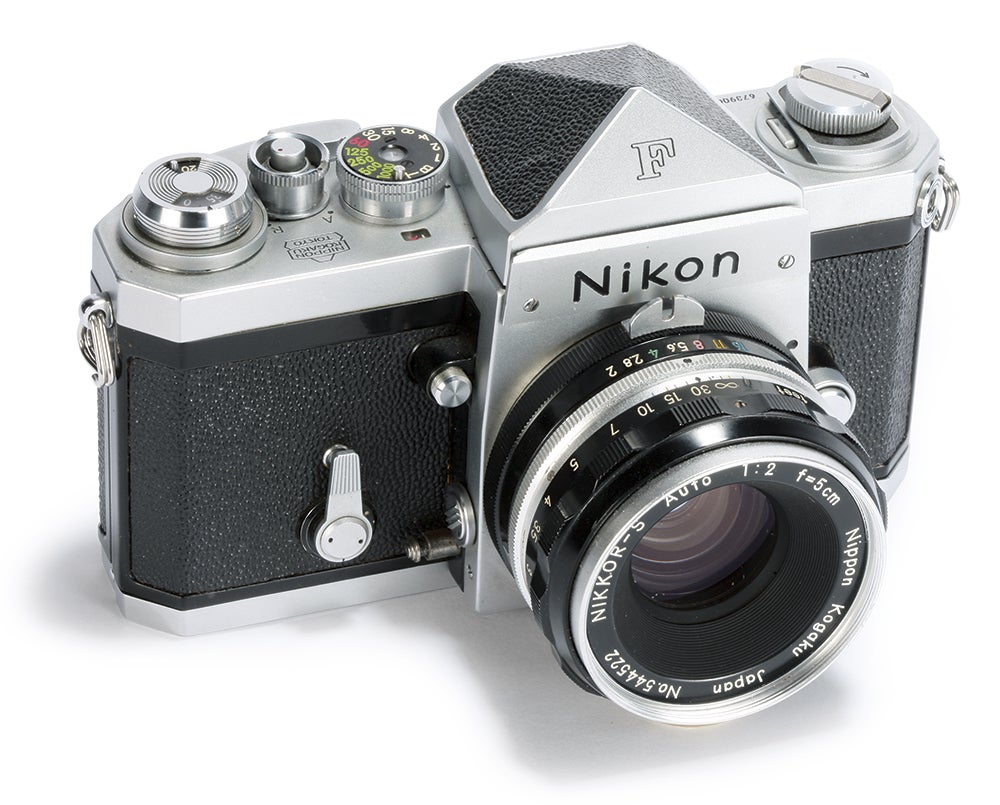Bob Newman looks at the use of the word 'ergos' among camera buffs

In the legendary Nikon F camera, the shutter mechanism placed the shutter release at the back of the camera, despite any ergonomic considerations. This didn’t stop the Nikon F being the dominant professional camera of its generation
Ergos has become a commonly used term among camera fans. What it actually refers to is the controls or user interface of a camera. Presumably, it’s a contraction of ‘ergonomics’, and
if so, it’s a misuse of the term. Ergonomics is a discipline of design of the human interface with technological artefacts, and dictates particular methods to that design – the foremost of which is ‘usability’ testing.
Essentially, the idea is that when the operation of a product is designed, that design process includes at least one cycle (and probably more) whereby real people operate the product or, more often, a mock-up of the product. During this testing, a rigorous statistical evaluation
is made of how well they can or cannot use it. The criteria used are rather more concrete than finding out whether or not someone ‘likes’ the product. More likely, the subjects will be asked to undertake some typical tasks while being observed, and measurements will be made of how long the tasks take, how many interaction errors occur and so on.
The reason mock-ups are used is that this process should be undertaken early in the design cycle, before expenditure has been made on tooling, while the design can still be changed. My experience in several of the product designs that I have been involved in is that ‘ergonomics’ is rarely seriously practised. More often, the ideas of an industrial designer (which are very likely
not based on an ergonomic assessment) or the whims of a company executive take precedence. In any case, properly conducting ergonomic tests is expensive, and is probably not as useful in marketing terms as the designer’s bright idea.
When people praise (or criticise) ‘the ergos’, what they are usually saying is that they ‘like’ the operation of the product – which is a world away from the actual practice of the science. Often
the basis of praise is familiarity.
A good example of this is the desire for a big dial on top of an SLR camera. Operationally, such a dial is hopeless for use when the camera is held to the eye, but the vast majority of SLRs have one. Nowadays it’s called the mode dial, and very few cameras don’t have one, although notable exceptions include top-end models from Canon and Nikon designed for professional use (and very probably with the help of ergonomic studies). The mode dial has its origins in the shutter-speed dial, which was originally placed where it was on top of the camera simply because that was where the spindles of the focal-plane-shutter mechanism placed it. Modern cameras now have control wheels placed where they may be found easily by finger or thumb, but that left early examples bereft of the reassuring big dial on top. When it was re-invented as the mode dial (by Canon, if I remember correctly) it became once more the basis of how ‘ergos’ should be.




